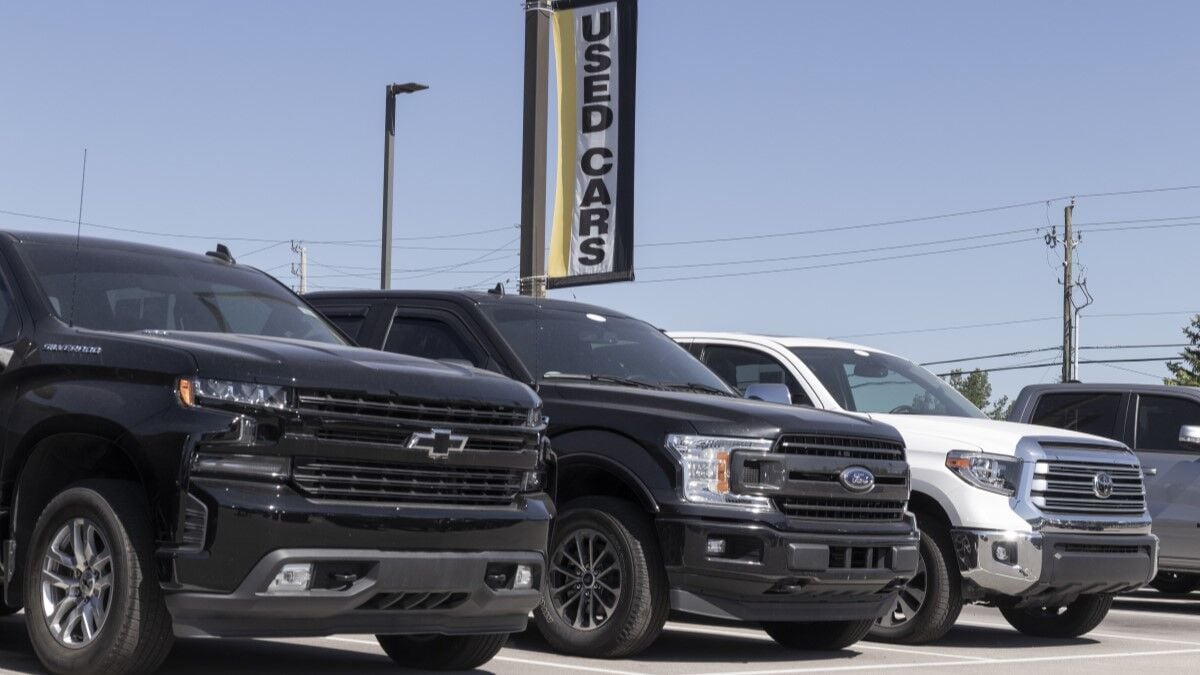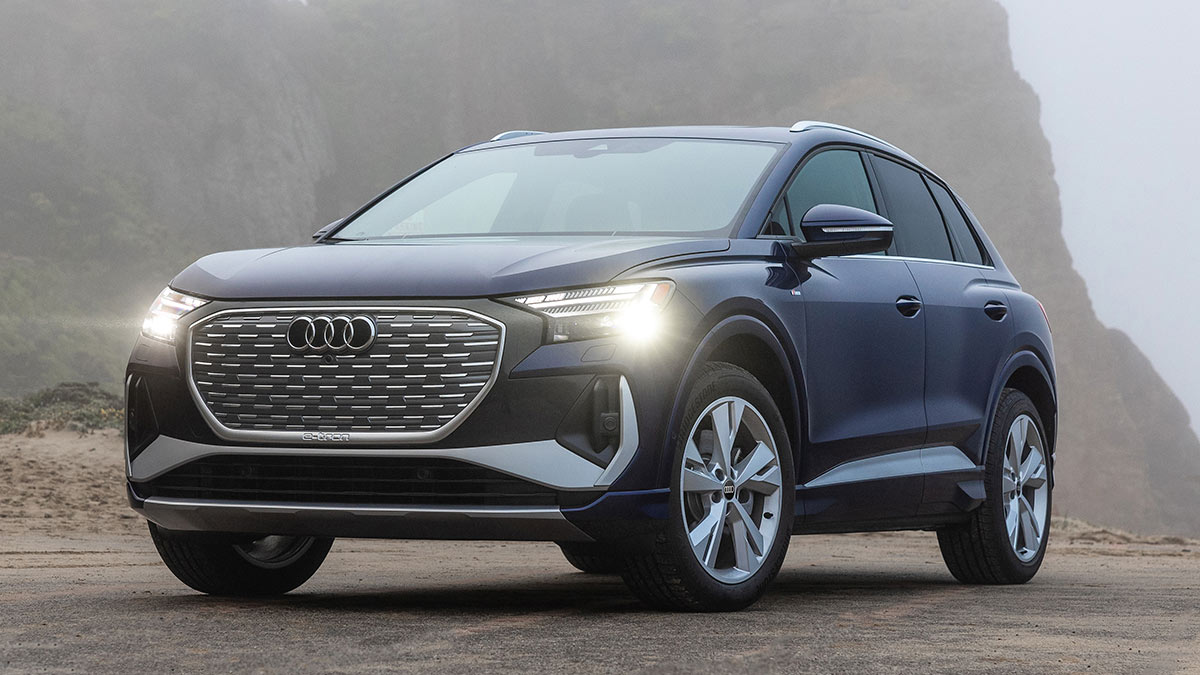While new car prices continue to rise, used car prices have gradually declined, impacting overall inflation in the United States. According to the Manheim Used Vehicle Value Index, despite a rise of 2.5% from December 2022 to January 2023, wholesale values of used cars dropped by 12.8% year-over-year from 2022 to 2023. The Manheim Index is the premier indicator of pricing trends in the used vehicle market. (Cox Automotive Inc., Kelley Blue Book’s parent company, owns Manheim.)
According to Cox Automotive’s Chief Economist Jonathan Smoke, “The principal reason for improving used retail sales early in 2023 is the price decline in retail that was a product of last fall’s wholesale price declines. Now dealers are restocking at higher prices, so the retail price trend will reverse soon. It will be tough to maintain positive sales momentum with higher prices, especially as rates keep rising.”
The rise and fall of vehicle prices remain challenging to predict, though some new car trends seem clear: The luxury end of the market is booming. The Cox Automotive/Moody’s Analytics Vehicle Affordability Index revealed the average new car monthly payment for January 2023 was $780. Even though this represented a modest decline (1%) from December 2022’s record $788, it still reflects an average new car price of nearly $50,000. Manufacturers love luxury sales, where lower overall volume can still lead to impressive profits.
Complicating the car market news is the rise of loan interest rates, driven by the Federal Reserve’s continuing increases in the prime rate. The Fed’s strategy has been to raise rates to lower inflation, the results of which remain to be seen.








